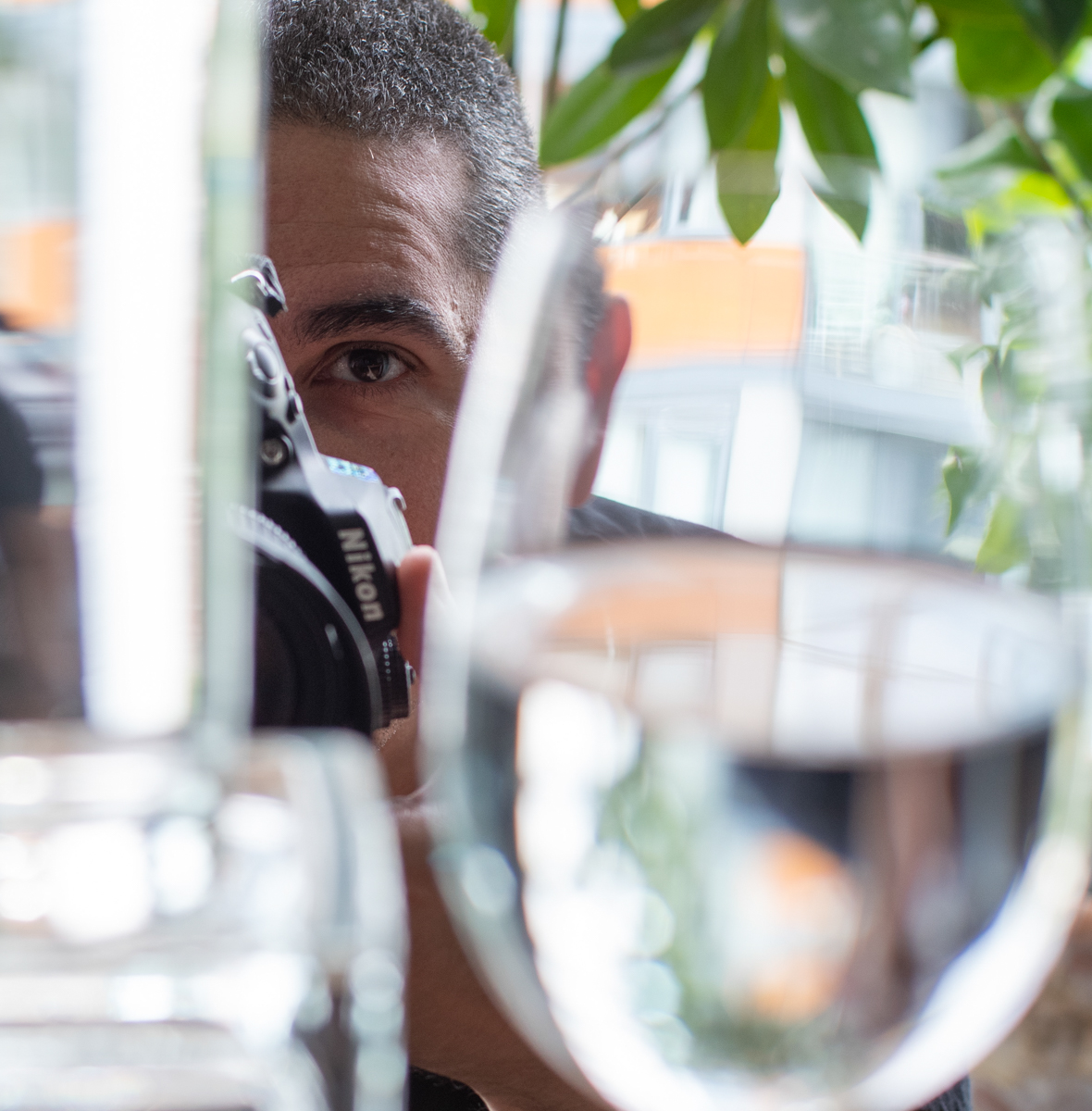This post is also available in audio form:
When the use of digital photography became widely spread, many praised this new form of taking photos as environmentally friendly. At last, gone were the days when the planet was harmed by the film photo processing chemicals, they said. The truth is that digital photography is not as clean as we might think, and I am willing to say that sometimes it's even worse. With all the talk in recent years on sustainability in the fashion industry, I asked myself the question: could there be such a thing as a sustainable fashion photographer?
Last week, I wrote about assessing the environmental impact of our businesses and putting in place best practices to reduce the amount of waste that we generate. Today, after assessing my own practice, I have come up with ways in which my photography business can be more sustainable.
The aim is not to be 100% eco-friendly, because that concept might not even exist at all. Our own existence has a direct impact on the environment, and practices considered good for the planet, like recycling, have impacts of their own. The aim is to reduce our impact as much as we can. And, as photographers, there is so much that we can do to reduce our waste, not only in our practices, but in our personal lives as well.
To start my environmental-impact self-assessment, I asked myself: what is my business? I take photos. What are the tools of my trade? A digital camera and a computer. What is the impact that my equipment has on the planet? Contrary to what one might think, digital photography is not a low environmental-impact medium. All the technology that we use on a daily basis has an enormous impact on the environment:
Electronic waste: our photography businesses run on electronics. All this equipment has a very limited lifespan. Even if we tried to really get our money's worth, we would still have to replace our cameras, computers and phones every 5 years because they become obsolete (read about how manufacturers stimulate consumption by using planned obsolescence). In contrast, my 35mm film camera is from 1981 and I still use it regularly and for commercial purposes. None of my digital cameras will ever last that long and still be worth using.
Packaging: every time we buy new equipment, it comes protected by layers of packaging, most of it non-biodegradable and some of it, albeit recyclable, will end up in a landfill as we are unable to recycle all the waste that we produce.
Batteries: our cameras, computers, lights, phones, tablets and wireless equipment in general use batteries. Nowadays, most of these batteries have a lifespan of 3 years and need to be properly disposed of.
Data Storage: with digital photography we don't use film-processing chemicals anymore. Instead, we rely on a gigantic network of electronic devices to store our photos and documents. What we call the cloud (or internet in general) is a massive amount of data centres scattered across the planet that process and house everything that we do in the digital world. These data centres use an unbelievable amount of resources. They use electricity and fuel for generators, they need batteries for uninterruptible power supply, their equipment generates a lot of heat so cooling mechanisms need to be put in place (water, air conditioning, coolant), and they are in constant need of expansion so a lot of land is required.
These were just a few of the things that I could think of in which the core of my business has a direct negative impact on the planet. The reasonable thing to ask next was, what can I do as a photographer, and a business-owner in general, if I want to run an environmentally friendly business?
Buy from suppliers and manufacturers that are environmentally conscious, those which use less packaging material, and those which have strict environmental policies in place.
Turn off electrical equipment when not in use.
Use rechargeable batteries.
When buying new equipment, buy products that will last longer and that will not force me to replace them too often.
If I need to change my equipment, try to repurpose the old equipment by using it as a backup, by selling it on the second-hand market or by finding ways to reuse their individual parts or as a whole.
The concept of 100% green photography might be an oxymoron. To be a 100% eco-friendly I would not only have to stop taking photos, I would have to stop living completely. But, by putting some of the aforementioned practices in place and by trying to reduce my waste and to reuse as much as possible, I can make sure that my business is more environmentally friendly.
Photo credits: image by Andrzej Gruszka.
Subscribe to my weekly blog posts here! You may also subscribe to the audio version of my blog wherever you get your podcasts.

